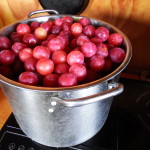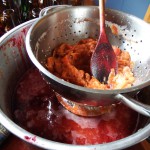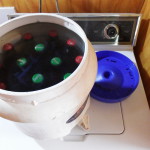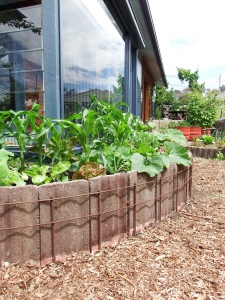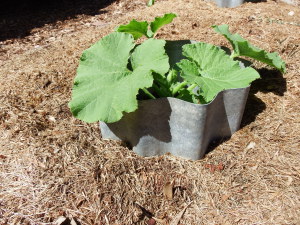
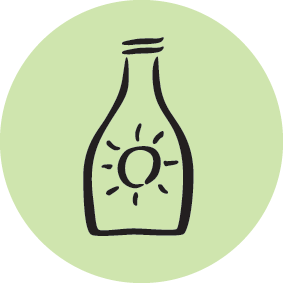 Principle 2: Catch and store energy
Principle 2: Catch and store energy
Do it Yourselfer #7
In times of abundance we should be finding ways to ‘catch and store energy’ so that we can use them in times of need, the second principle of permaculture. We might call this ‘investing in the future’ which the proverb make hay while the sun shines helps to illustrate.
Living in a society of ‘drip feed’, where most of us receive regular timely payments, disconnects us from natural systems that pulse and surge with abundance followed by scarcity. Nature follows these rhythms, from solstice through the equinox and back to solstice as the seasons change.
Canning and bottling is one of the ways to preserve an abundant harvest by pasteurisation. A method originally developed by Louis Pasteur during the 19th century to extend the life of wine and beer. Unlike UHT, which sterilises, the process is not intended to kill all the micro-organisms in the food. Instead it’s aim is to kill the pathogens most likely to cause disease without major changes to the chemistry of food and extend the shelf life.

Abundant Cherry Plums
We get confronted with bucket loads of Cherry Plums each year, most of which are quite good to eat straight from the tree. But there are only so many you can eat while they are fresh, and they quickly spoil.
In the past I’ve made Cherry Plum wine, cordial, stewed fruit and jam, which I often mixed with boysenberries. The most popular of my preserving efforts with the plums has been the cordial, which we mainly use to make ice poles during the summer – very popular with the kids.
After a number of years of experimenting I found a method that is relatively straight forward that I thought I’d share.
Put a bucket or so of soft ripe plums into a very large pot with a cup of water and slowly bring to the boil. Make sure to use a low heat and stir regularly so that it doesn’t burn on the base. The structure of the plums will break down to a pulp.
Once the pulp has cooled press the pulp with a wooden spoon through a colander into a clean bucket to remove the pips and majority of the skin. Add sugar to taste and transfer into cleaned twist top glass bottles. We reuse old stubbies along with their lids. They can then be pasteurised using the hot bath method.
You can do this with a very large pot with a wire rack on the base to prevent the bottles from cracking or a kit made for the purpose. The bottles sit inside and the pot is filled to 10-20mm above the top of the bottles with water. The pot is then slowly brought to just under boiling point over the period of an hour and then left to cool on a wooden bench or board.
As the last remaining Boysenberries are available at the same time I used the same process for the berries in a separate pot. The only difference being that I used a sieve to remove the seeds. The addition of the berries gives an amazing colour and taste to the plum. I made half the batch plain and half with berries for some variation.
The rich purée is then poured into icy-pole moulds with a little water and sets in the freezer after 24 hours. Perfect for those hot days during summer.
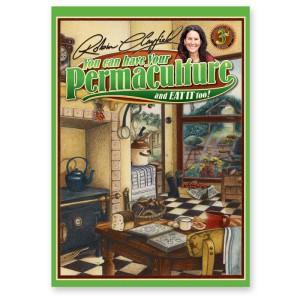 You can have your Permaculture and eat it too!
You can have your Permaculture and eat it too!
Robin Clayfield has recently printed the third edition of this classic book. It’s got plenty of ideas on how you can make the most of your garden produce as well as a swag of other ideas. “A cook book for gardeners, a gardening book for cooks.” Check it out.

